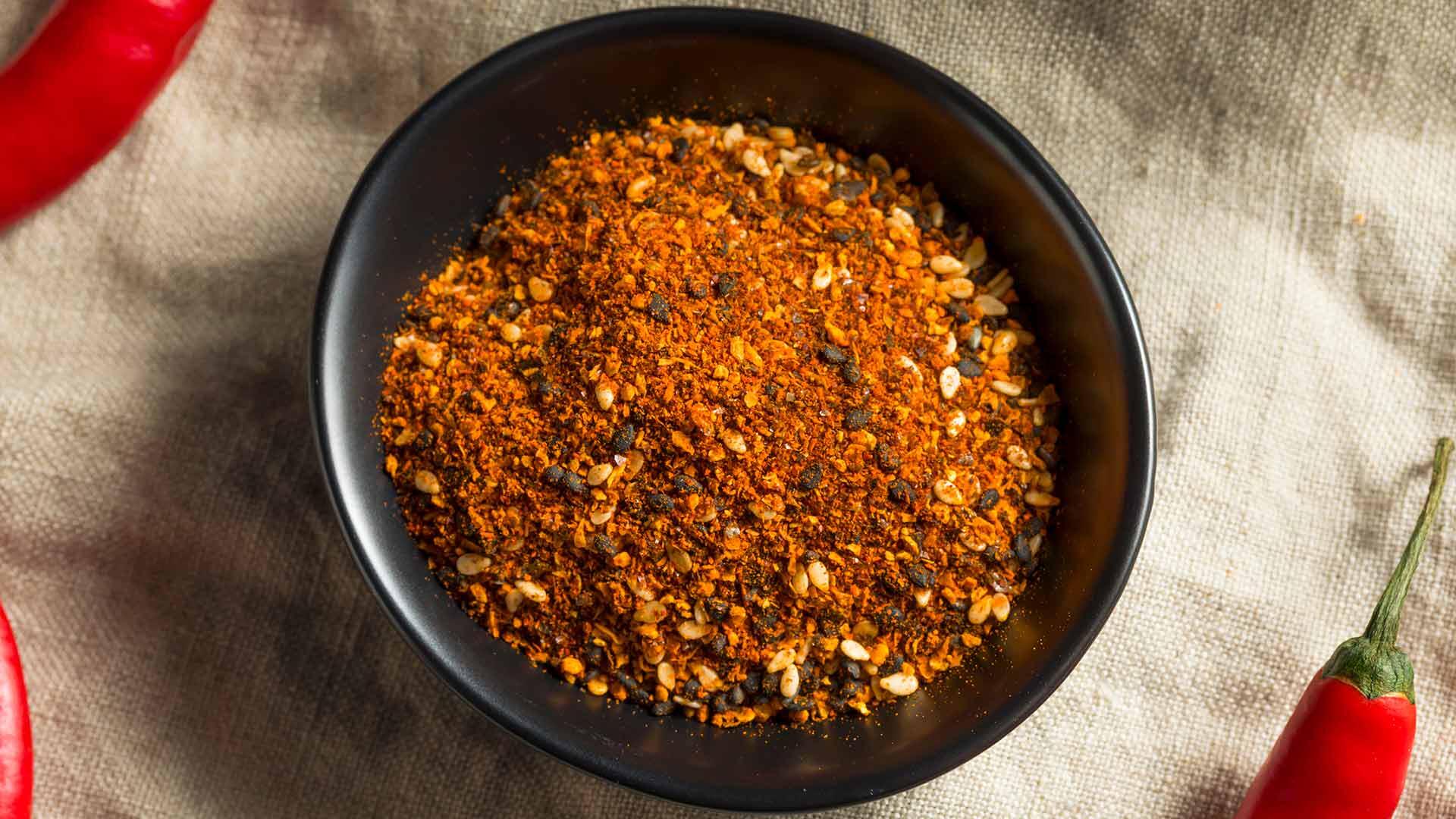This versatile Japanese condiment is a staple in many dishes, adding depth and umami to your meals. It's a perfect blend of savory, sweet, and slightly alcoholic flavors that can elevate your cooking to new heights. Whether you're marinating, dipping, or drizzling, this condiment will bring a touch of authentic Japanese taste to your kitchen.
Some of the ingredients in this recipe might not be commonly found in every household. Mirin is a sweet rice wine used in Japanese cooking, and Sake is a Japanese rice wine that adds a unique flavor. Both can usually be found in the international aisle of your supermarket or at an Asian grocery store.

Ingredients For Japanese Condiment Recipes
Soy sauce: A salty, umami-rich sauce made from fermented soybeans, essential in Japanese cuisine.
Mirin: A sweet rice wine that adds a mild sweetness and depth to dishes.
Sake: A Japanese rice wine that enhances the flavor profile with its subtle alcoholic notes.
Sugar: Adds sweetness to balance the savory and alcoholic elements.
Technique Tip for Making Japanese Condiments
When preparing this condiment, ensure that the soy sauce you use is of high quality, as it forms the base flavor of the mixture. Additionally, gently warming the mirin and sake before combining them with the soy sauce can help the sugar dissolve more easily, resulting in a smoother blend.
Suggested Side Dishes
Alternative Ingredients
soy sauce - Substitute with tamari: Tamari is a gluten-free alternative that has a similar umami flavor profile.
soy sauce - Substitute with coconut aminos: Coconut aminos is a soy-free and lower-sodium option that provides a slightly sweeter taste.
mirin - Substitute with dry sherry: Dry sherry can mimic the sweetness and acidity of mirin.
mirin - Substitute with rice vinegar and sugar: Mixing rice vinegar with a bit of sugar can replicate the sweet and tangy flavor of mirin.
sake - Substitute with dry white wine: Dry white wine can provide a similar depth and acidity to sake.
sake - Substitute with vermouth: Vermouth offers a comparable flavor complexity and can be used in place of sake.
sugar - Substitute with honey: Honey can add a similar sweetness with a slightly different flavor profile.
sugar - Substitute with maple syrup: Maple syrup provides a natural sweetness and a unique flavor twist.
Alternative Recipes Similar to These Condiments
How to Store or Freeze These Condiments
- Ensure the soy sauce mixture is completely cooled before storing to maintain its flavor integrity.
- Transfer the condiment into a clean, airtight container to prevent any contamination and preserve freshness.
- Label the container with the date of preparation to keep track of its shelf life.
- Store the container in the refrigerator, where it can last for up to one month.
- For longer storage, consider freezing the condiment. Pour the mixture into ice cube trays for easy portioning.
- Once frozen, transfer the condiment cubes into a freezer-safe bag or container, ensuring to remove as much air as possible to prevent freezer burn.
- When ready to use, thaw the desired number of cubes in the refrigerator overnight or at room temperature for a few hours.
- Always give the thawed condiment a good stir before using to ensure even consistency.
- Avoid refreezing the condiment once it has been thawed to maintain its quality and flavor.
- For best results, use the frozen condiment within three months to enjoy its optimal taste.
How to Reheat Leftovers
Gently reheat the Japanese condiment in a small saucepan over low heat. Stir occasionally to ensure even warming and prevent burning.
If you prefer using a microwave, transfer the condiment to a microwave-safe bowl. Cover it with a microwave-safe lid or plastic wrap, leaving a small vent for steam to escape. Heat in 15-second intervals, stirring in between, until it reaches the desired temperature.
For a more controlled reheating, use a double boiler. Place the condiment in a heatproof bowl and set it over a pot of simmering water. Stir occasionally until warmed through.
If you have a sous vide machine, set it to 140°F (60°C). Place the condiment in a vacuum-sealed bag or a resealable plastic bag with the air squeezed out. Submerge the bag in the water bath and let it heat for about 15-20 minutes.
To maintain the integrity of the flavors, avoid reheating the condiment multiple times. Instead, reheat only the portion you plan to use immediately.
Essential Tools for Making Japanese Condiments
Mixing bowl: A large bowl used to combine all the ingredients together.
Whisk: A utensil used to blend the ingredients and dissolve the sugar thoroughly.
Measuring cups: Tools used to measure the exact amounts of soy sauce, mirin, and sake.
Tablespoon: A measuring spoon used to measure the sugar.
Airtight container: A container used to store the condiment in the refrigerator to keep it fresh.
Time-Saving Tips for Making Japanese Condiments
Measure ingredients in advance: Pre-measure the soy sauce, mirin, sake, and sugar to streamline the process.
Use a whisk: A whisk dissolves the sugar faster than a spoon, saving you time.
Batch preparation: Make a larger batch and store it in the refrigerator for future use.
Label containers: Clearly label your airtight container with the date to keep track of freshness.
Room temperature ingredients: Use ingredients at room temperature to help the sugar dissolve more quickly.

Japanese Condiment Recipes
Ingredients
Soy Sauce
- ½ cup Soy sauce
- ¼ cup Mirin
- ¼ cup Sake
- 1 tablespoon Sugar
Instructions
- Combine all ingredients in a mixing bowl.
- Whisk until the sugar is fully dissolved.
- Store in an airtight container in the refrigerator.
Nutritional Value
Keywords
More Amazing Recipes to Try 🙂
- Japanese Egg Tart Recipe40 Minutes
- Japanese Scallion Pancake Recipe25 Minutes
- Japanese Broccoli Recipe20 Minutes
- Japanese Egg Tofu Recipe30 Minutes
- Japanese Mini Sausage Recipe20 Minutes
- Japanese Mushroom Recipe25 Minutes
- Japanese Wood Ear Mushroom (Kikurage) Recipe25 Minutes
- Japanese Mushroom Risotto Recipe45 Minutes

Leave a Reply